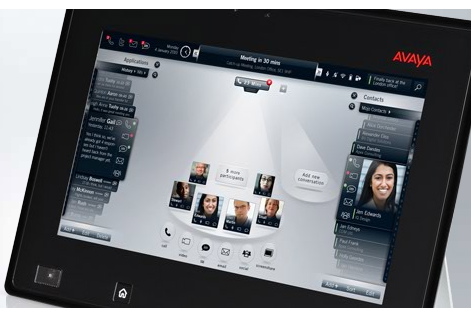Despite the best efforts of TANDBERG and others, the desktop PC as a video conferencing vehicle is less of a corporate or enterprise play and more of a consumer or prosumer play.
There are several reasons for this. One is technology. Compared to Skype Video or Logitech’s SightSpeed, the enterprise equivalent SIP desktop implementation is a hugely complex exercise. Users have to fiddle with their home firewalls to enable select ports and otherwise complicate their lives and perhaps lessen their security doing so (because they may easily open more than they should and otherwise damage their port filtering configuration).
In contrast, Skype video and SightSpeed work transparently through firewalls. Users just have to plug into their LANs and it magically works without painful configuration changes.
A second reason is the price. Since TANDBERG has to create desktop products that integrate with their management system, directory infrastructures and room deployments, it is really difficult to fund all this sophisticated R&D requirement on a product that users expect to sell for $100 or less. So, the per-user price for enterprise-channel supported product, which is the channel for TANDBERG and Polycom-class product, is definitely going to be north of $100 and a lot closer to $400.
The third reason is that since most video equipment is purchased by the corporate IT department where the PC is at the low end of the product support range (below which the company doesn’t care what happens), the desktop camera is seen as a nuisance to configure, support, secure and maintain.
So, in the consumer setting, the desktop video implementation is a fun exercise to connect with friends and family. Now that price for wireless calls and long distance is soooo low, it makes sense that cool applications will form like Starbucks outlets to transform commodities into personal, premium experiences. Video will be the trigger to enable that context for personal communications.









